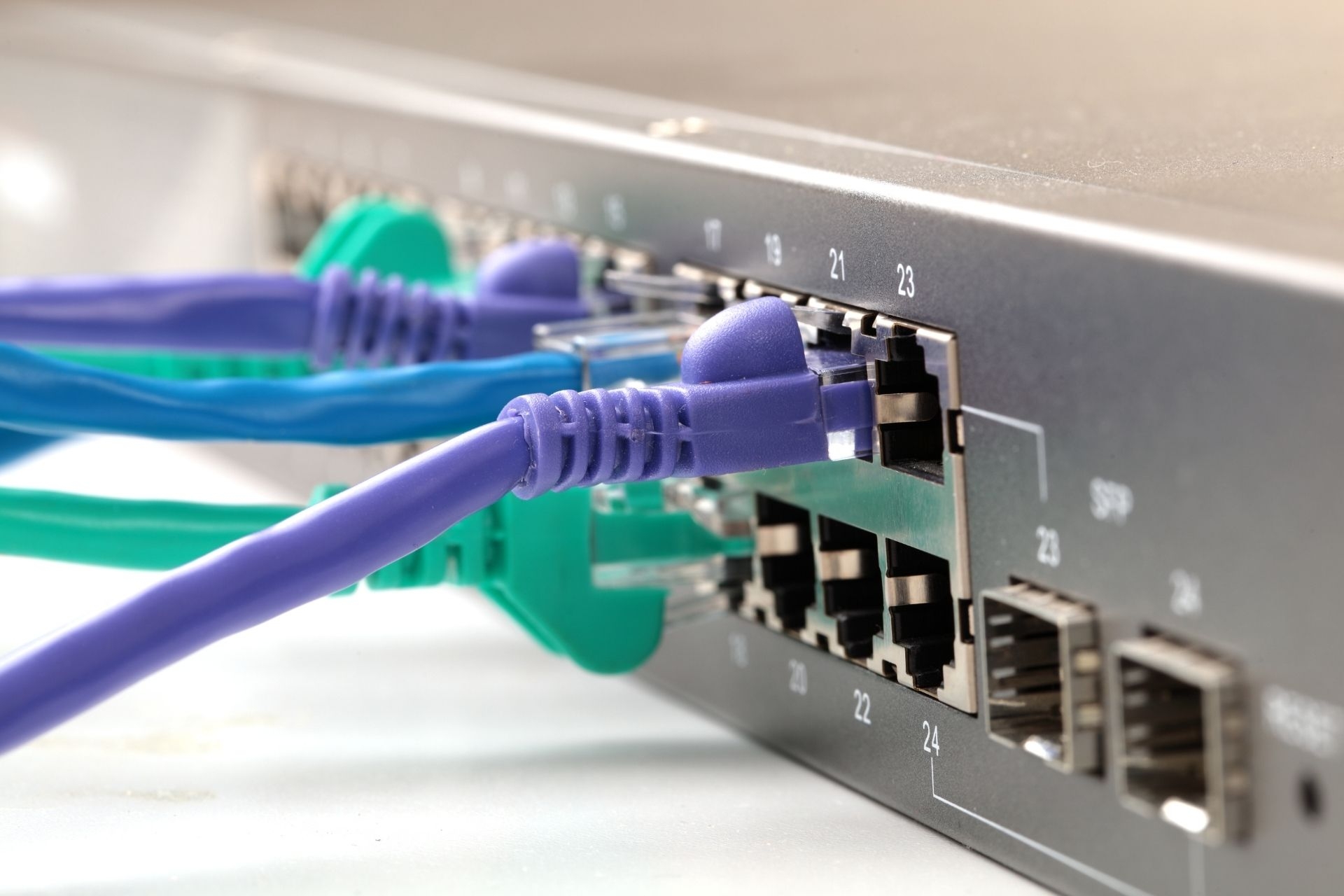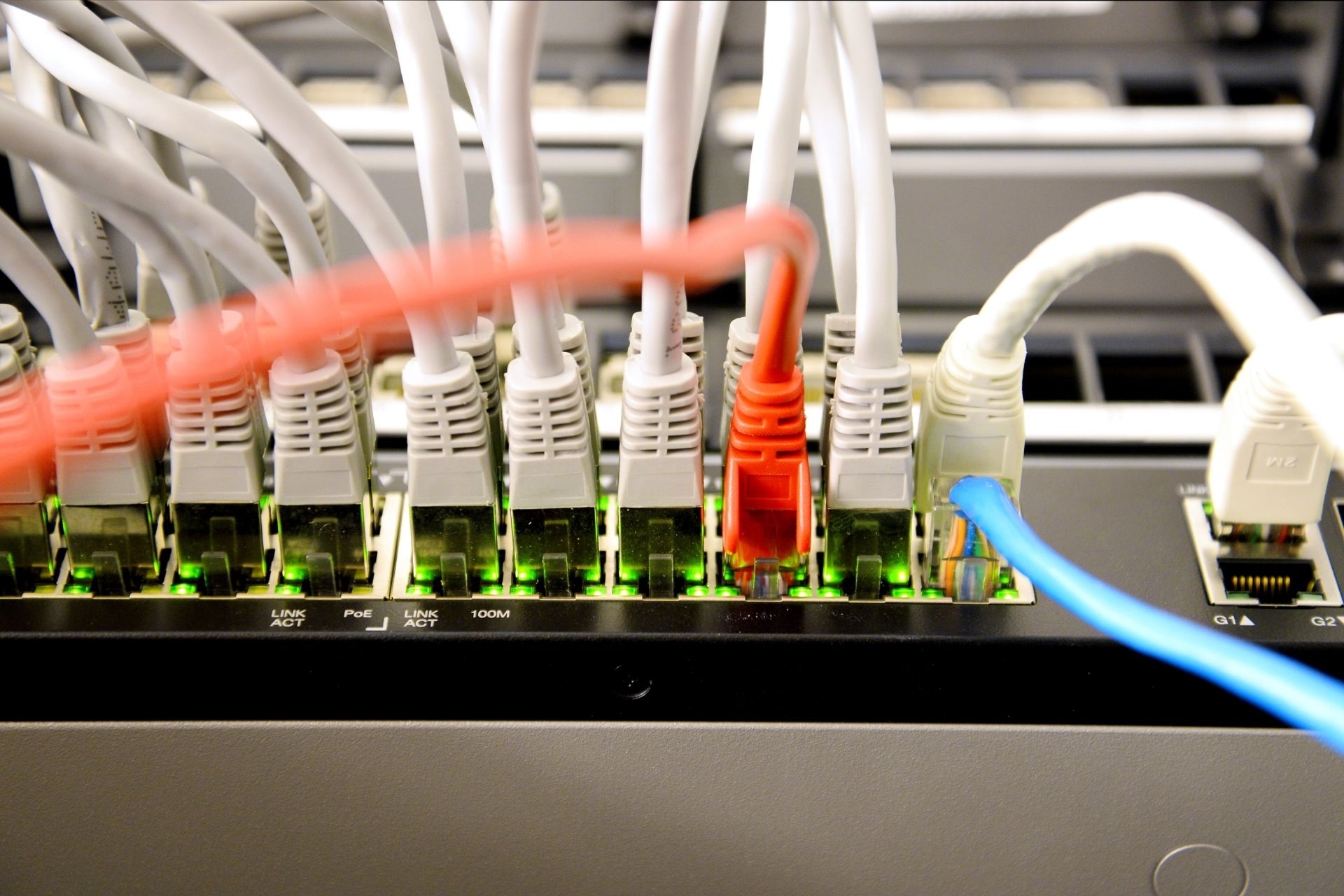

In a passive optical network (PON) system, the Optical Line Terminal (OLT) serves as the central point of communication between the service provider's network and the customer premises. The OLT is responsible for managing the downstream and upstream data traffic, as well as controlling the distribution of data to the Optical Network Units (ONUs) connected to the network.
The OLT communicates with the Optical Network Units (ONUs) in a PON network through a process known as time division multiplexing (TDM). This method allows the OLT to allocate specific time slots for each ONU to transmit and receive data, ensuring efficient communication between the OLT and the ONUs without causing interference or data collisions.
This post was collaboratively written by four members of our team with a combined 70 years in the cable industry, having worked at the top Cable Companies in the country and having left that industry over the last two years due to the issues described below. Cable companies will want to sell you bulk modems for your multi-tenant property. Why?

Posted by on 2022-12-21
The key components of an OLT include the central processing unit (CPU), optical line interface, switching fabric, and management interface. The CPU handles the processing of data packets, while the optical line interface connects the OLT to the optical distribution network. The switching fabric manages the routing of data between the OLT and ONUs, and the management interface allows network administrators to monitor and configure the OLT's settings.

An OLT manages bandwidth allocation and traffic in a PON network by implementing quality of service (QoS) policies and traffic shaping mechanisms. By prioritizing certain types of data traffic and regulating the flow of data, the OLT can ensure that critical services receive the necessary bandwidth while preventing network congestion and bottlenecks.
Using an OLT in a fiber optic network offers several advantages over traditional copper-based networks, including higher bandwidth capacity, faster data transmission speeds, and greater reliability. Fiber optic networks are also less susceptible to electromagnetic interference and signal degradation, making them ideal for delivering high-speed internet and multimedia services to customers.

To ensure security and data integrity in a PON system, an OLT implements encryption protocols, authentication mechanisms, and access control policies. By encrypting data packets and verifying the identity of connected ONUs, the OLT can prevent unauthorized access to the network and protect sensitive information from interception or tampering.
MDU Internet Infrastructure Used Currently For Commercial Applications in 2024
There are different types of OLT architectures available in the market, including centralized, distributed, and virtualized OLTs. Centralized OLTs have a single centralized processing unit that handles all data traffic, while distributed OLTs distribute processing functions across multiple nodes for improved scalability and redundancy. Virtualized OLTs leverage software-defined networking (SDN) technologies to virtualize OLT functions and enable dynamic resource allocation and network optimization. Each type of OLT architecture offers unique performance and scalability benefits, depending on the specific requirements of the PON network.

One strategy for ensuring reliable internet connectivity in high-density MDUs is to implement a robust network infrastructure that can handle the increased demand for bandwidth. This may involve deploying fiber-optic cables, utilizing advanced networking equipment, and implementing quality of service (QoS) protocols to prioritize traffic. Additionally, utilizing mesh networking technology can help extend coverage throughout the building and mitigate interference from neighboring networks. Another approach is to work closely with internet service providers to ensure that they can deliver high-speed and reliable connections to residents. Implementing redundancy measures, such as backup power supplies and multiple internet connections, can also help minimize downtime and ensure continuous connectivity. Regular maintenance and monitoring of the network can help identify and address any issues before they impact residents' internet experience. Overall, a combination of technological solutions, collaboration with service providers, and proactive maintenance can help ensure reliable internet connectivity in high-density MDUs.
In MDU internet setups, network congestion can be mitigated through various steps such as implementing Quality of Service (QoS) protocols to prioritize traffic, utilizing bandwidth management tools to allocate resources efficiently, deploying caching servers to reduce repetitive data transmission, implementing load balancing techniques to evenly distribute traffic, upgrading network infrastructure to support higher bandwidth capacity, and monitoring network performance to identify and address congestion issues promptly. Additionally, optimizing network configurations, implementing traffic shaping policies, and utilizing advanced routing protocols can also help alleviate congestion in MDU internet setups. By employing these strategies, property managers can ensure a smooth and reliable internet experience for residents in multi-dwelling units.
An effective MDU internet service agreement should include key components such as clear terms and conditions, service level agreements, bandwidth allocation, installation procedures, equipment specifications, maintenance responsibilities, payment terms, termination clauses, and dispute resolution mechanisms. Additionally, the agreement should outline data usage policies, security measures, privacy protections, and customer support options. By including these detailed provisions, the agreement can ensure a transparent and mutually beneficial relationship between the internet service provider and the multi-dwelling unit residents. It is essential for the agreement to be comprehensive, easy to understand, and legally binding to protect the interests of all parties involved.
The presence of MDU internet infrastructure can have a significant impact on property valuations and marketability. Properties equipped with high-speed internet access through MDU infrastructure are often more attractive to potential buyers or renters, especially in today's digital age where reliable internet connectivity is a top priority for many individuals. This can lead to increased demand for such properties, potentially driving up their market value. Additionally, properties with MDU internet infrastructure may also appeal to tech-savvy buyers or tenants who require a robust network connection for remote work, streaming, gaming, or other online activities. As a result, these properties may have a competitive edge in the real estate market and attract a wider pool of interested parties, ultimately enhancing their marketability. Overall, the presence of MDU internet infrastructure can be a valuable asset that positively influences property valuations and marketability.
VLAN configurations play a crucial role in segmenting MDU internet traffic by creating virtual LANs that separate different groups of users within the same physical network. By assigning specific VLAN tags to different devices or groups of devices, network administrators can control the flow of traffic, improve network security, and optimize bandwidth usage. This segmentation allows for better organization of network resources, enhances network performance, and enables more efficient troubleshooting and maintenance. Additionally, VLAN configurations help prevent broadcast storms and unauthorized access to sensitive data by isolating traffic within designated VLANs. Overall, VLAN configurations are essential for effectively managing and securing internet traffic in MDU environments.